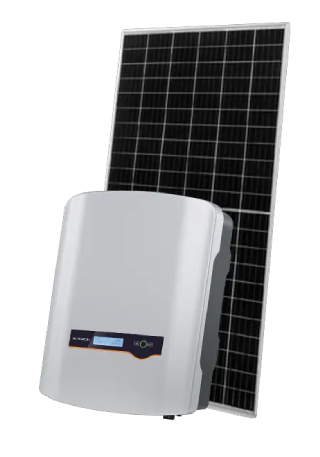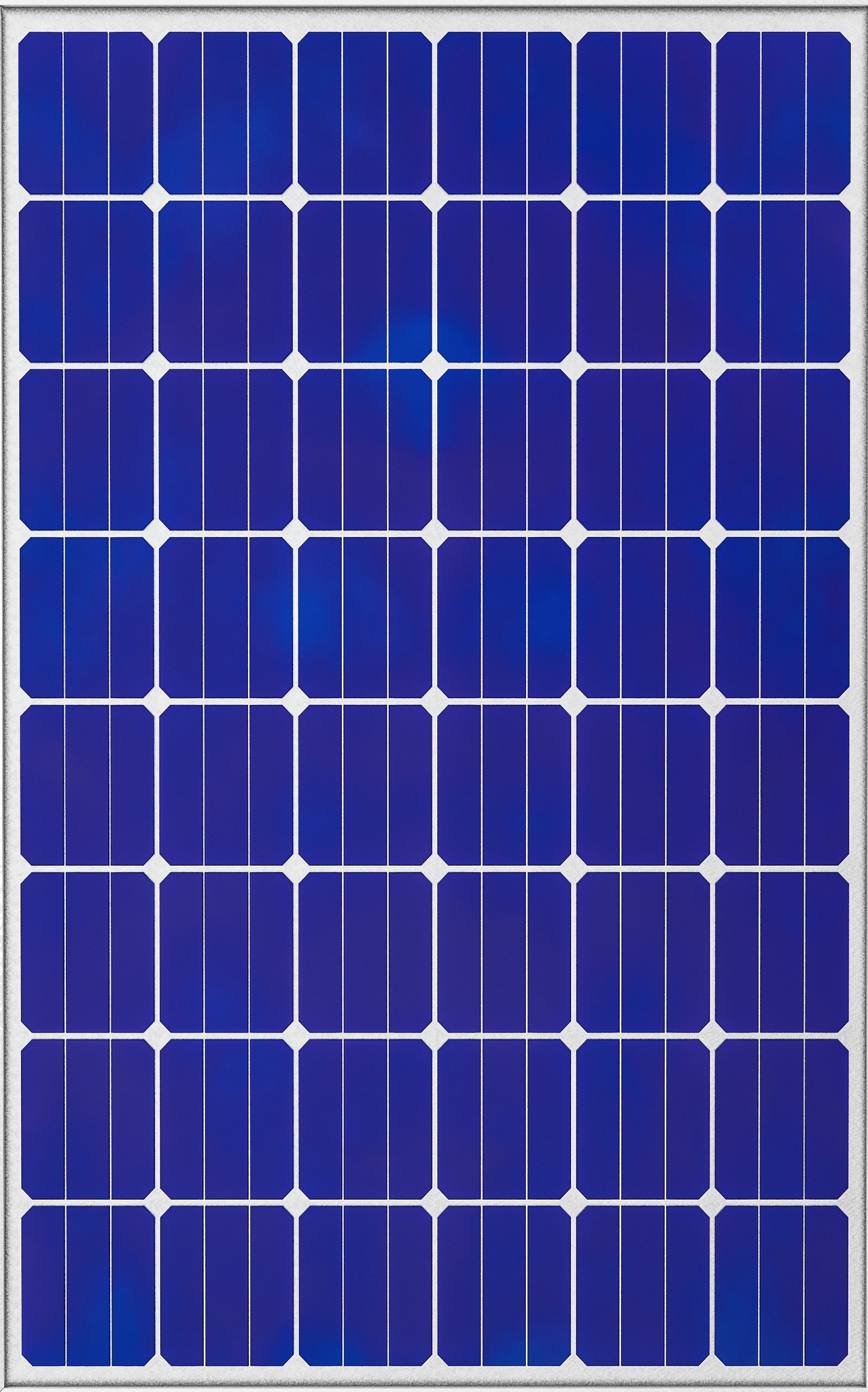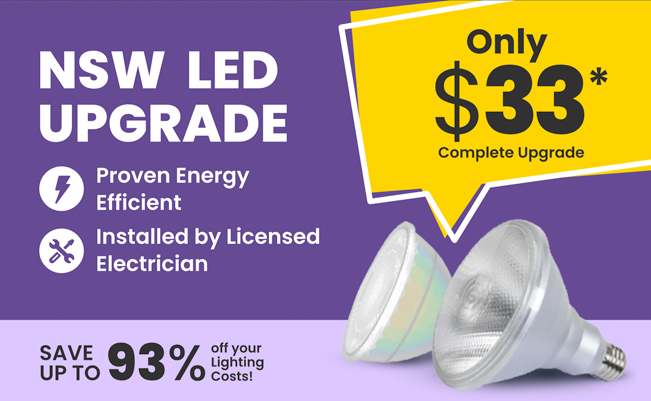A ducted heating and cooling system is a central HVAC (Heating, Ventilation, and Air Conditioning) system that provides a comprehensive climate control solution for a building.
Technically, this system operates through a series of key components and processes:
- Central Unit: At the heart of the system is a central unit, which can be a furnace for heating and an air conditioner for cooling. This unit is typically powered by electricity, gas, or oil.
- Heat Exchange Process: For heating, the central unit has a heat exchanger. In gas-powered systems, a burner heats the air inside the exchanger, while in electric systems, heating elements are used. For cooling, the unit contains a refrigerant that absorbs heat from the indoor air.
- Ductwork: This is a network of ducts that runs throughout the building, connecting the central unit to various rooms. The ducts are typically made of metal or flexible materials and are insulated to maintain temperature efficiency.
- Air Distribution: Fans within the central unit push heated or cooled air through the ductwork. Vents or registers in each room allow the air to enter from the ducts.
- Thermostat Control: The system is regulated by a thermostat, which allows users to set the desired temperature. The thermostat signals to turn the central unit on or off based on the room’s temperature.
- Return Air System: Air is continually cycled back to the central unit through return air ducts. This ensures efficient circulation and temperature control.
- Air Filtration: Many systems include filters to remove dust, allergens, and other particles from the air, improving indoor air quality.
- Zoning Capability: Advanced systems include zoning, which allows different areas of the building to be heated or cooled to different temperatures, providing customized comfort and enhanced energy efficiency.
AWARD WINNING PREMIUM SPLIT SYSTEM AIR CONDITIONING SYSTEM
Where Awards Meet Comfort: Energy saving split system air conditioner
We cater to all your air conditioning needs, providing the best quality air conditioners at the lowest possible price due to government rebates.
What are the advantages of ducted systems compared to other heating and cooling methods?
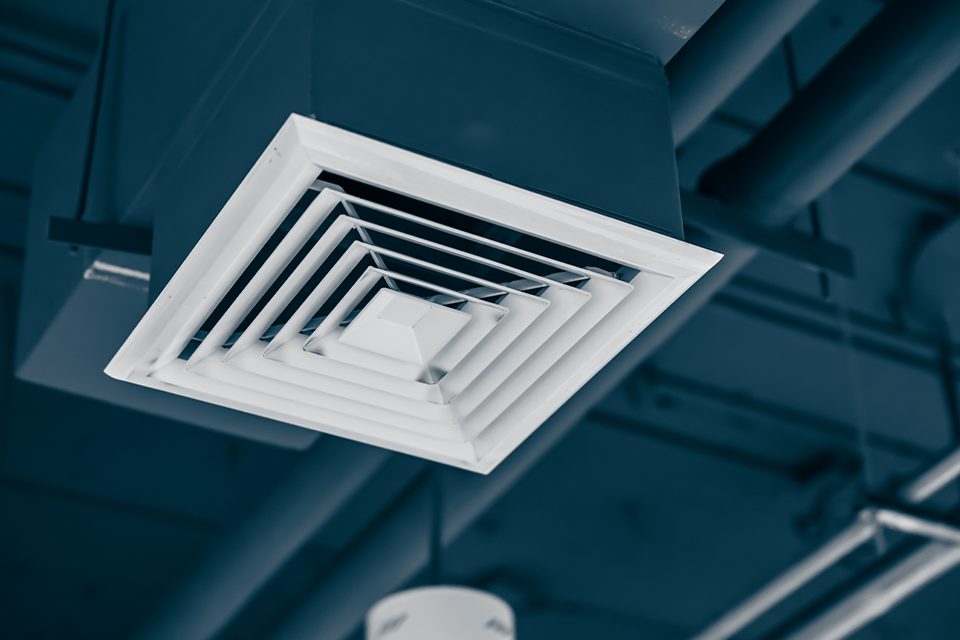
Ducted heating and cooling systems offer several advantages compared to other systems, such as split systems, window units, or portable heaters and air conditioners. Here are some key benefits:
- Whole-Home Comfort: Ducted systems can heat or cool an entire home or building uniformly. Unlike individual units that only target specific areas, ducted systems ensure consistent temperature throughout the space.
- Aesthetic Integration: Ducted systems are less obtrusive aesthetically. The main components are hidden in ceilings, floors, or walls, with only the vents visible. This contrasts with split systems or window units, which can be visually intrusive.
- Zoning Capabilities: Many ducted systems offer zoning controls, allowing different areas (or zones) within a home to be set to different temperatures. This can be more energy-efficient and cater to individual comfort preferences.
- Quieter Operation: Ducted systems tend to be quieter than standalone units. The main noise-generating components (like the compressor and fan) are located outside the living spaces, usually in a basement, attic, or outside the building.
- Energy Efficiency: Modern ducted systems are designed for high energy efficiency, especially when they include features like inverter technology, programmable thermostats, and zoning. This efficiency can lead to lower utility bills.
- Improved Air Quality: Ducted systems often include filters that purify the air as it circulates. This can reduce allergens, dust, and other airborne particles, leading to better indoor air quality.
- Increased Property Value: Homes with central ducted heating and cooling systems are often valued higher than those with standalone units. They are considered a premium feature in real estate markets.
- Ease of Use: With a central thermostat control, ducted systems are simple to operate. Users can adjust the temperature for the entire home or different zones from one location.
- Longevity and Durability: Ducted systems, especially when well-maintained, can have a longer lifespan than individual heating and cooling units.
- Less Maintenance: While maintenance is crucial for all HVAC systems, ducted systems generally require less frequent service than multiple standalone units.
Tips on selecting the right system size and type for different homes or buildings
Selecting the right size and type of heating and cooling system for different homes or buildings is crucial for achieving optimal efficiency and comfort. Here are some tips to guide this selection process:
- Assess the Building Size and Layout:
- Square Footage: Calculate the total area to be heated or cooled. Larger spaces generally require more powerful systems.
- Room Layout: Consider the layout of the rooms. Open-plan spaces may need different solutions than buildings with many small, separate rooms.
- Conduct a Load Calculation:
- Engage a professional to perform a load calculation, which considers factors like insulation quality, window size and type, building orientation, and local climate. This helps determine the precise capacity needed.
- Understand Insulation and Building Materials:
- Homes with good insulation and energy-efficient windows may require smaller systems compared to poorly insulated buildings.
- Consider the Climate:
- In areas with extreme temperatures, either hot or cold, a more robust system may be required.
- In mild climates, a less powerful system might suffice, or alternative solutions like heat pumps could be more suitable.
- Evaluate Energy Efficiency Ratings:
- Look for systems with high energy efficiency ratings, such as those with high SEER (Seasonal Energy Efficiency Ratio) ratings for cooling and high AFUE (Annual Fuel Utilization Efficiency) ratings for heating.
- Choose Between Ducted and Ductless Systems:
- Ducted systems are ideal for larger homes or buildings where comprehensive heating and cooling are needed.
- Ductless systems (like split systems) can be more suitable for smaller homes, additions, or buildings where installing ductwork is impractical.
- Zoning Needs:
- If different areas in the building have varying heating and cooling needs, consider systems that support zoning.
- Maintenance and Longevity:
- Consider the maintenance requirements and longevity of the system. Durable systems with accessible parts and service options will be more cost-effective in the long run.
- Budget:
- Balance the initial installation cost with long-term energy savings. More efficient systems may be more expensive upfront but can offer savings over time.
- Consult with HVAC Professionals:
- Always consult with heating and cooling professionals. They can provide recommendations tailored to your specific needs and local regulations.
Remember, a system that is too large or too small for your space can lead to inefficiency, higher energy costs, and uneven heating or cooling. It’s important to strike the right balance based on your specific situation.
Cost analysis of ducted heating and cooling systems
Conducting a cost analysis of a ducted heating and cooling system involves considering the initial investment and potential long-term savings. Here’s a breakdown of these aspects:
Initial Investment
- Purchase Price:
- The cost of the system itself varies widely based on size, type (e.g., inverter vs. non-inverter), brand, and efficiency ratings, where more efficient systems tend to be more expensive.
- For an average-sized home, the cost can vary significantly, often over a range of several thousand dollars.
- Installation Costs:
- Professional installation is key for ducted systems. The cost depends on the complexity of the installation, the size of the home, and whether ductwork needs to be installed or updated.
- Retrofitting a home with new ductwork can significantly increase costs.
- Additional Components:
- Costs might include upgrades to existing electrical systems, thermostats, zoning controls, or additional air purification features.
Long-term Savings
- Energy Efficiency:
- Modern, high-efficiency systems consume less energy compared to older or less efficient models, leading to lower utility bills.
- Systems with high SEER (for cooling) and AFUE (for heating) ratings are more efficient.
- Maintenance Costs:
- Regular maintenance is required, but these costs are often lower than maintaining multiple standalone units.
- Well-maintained systems also have fewer breakdowns and longer lifespans.
- Longevity:
- Ducted systems, when properly maintained, can last significantly longer than standalone units, often by up to 15-20 years.
- Resale Value:
- Homes with central ducted systems often have higher resale values and are more attractive to buyers.
- Government Rebates and Incentives:
- In some regions, rebates or incentives are available for installing energy-efficient systems.
Cost-Benefit Analysis
- Short-term vs. Long-term: The upfront costs are substantial, but the long-term savings on energy bills and the potential increase in property value can offset this initial investment over time.
- Efficiency Gains: Choosing a highly efficient system can maximize long-term savings. The higher initial cost of these units can be recuperated through lower energy bills.
- Local Climate and Usage: In areas with extreme weather conditions or cases where the system will be used heavily, energy efficiency and associated savings become even more critical.
The cost-effectiveness of a ducted heating and cooling system depends on the specific needs of the property, the climate, and the chosen system’s efficiency.
While the initial investment is significant, the potential long-term energy savings, increased comfort, and property value enhancement should be weighed in the decision-making process.
It’s advisable to get multiple quotes and consult with HVAC professionals to understand the best options for your specific situation.
Integrating ducted heating and cooling systems with smart home technologies

Integrating ducted heating and cooling systems with smart home technologies enhances efficiency, convenience, and control over your home environment. Here’s a brief look at how this integration can be achieved:
- Smart Thermostats:
- The most common integration is with smart thermostats, which allow remote control of the heating and cooling system via a smartphone app or web interface.
- These thermostats can learn your schedule and preferences, automatically adjusting temperatures for optimal comfort and efficiency.
- Zoning Systems:
- Smart zoning systems can be integrated to control temperatures in different areas (zones) of the house independently.
- Each zone can have its own schedule and temperature settings, further optimizing energy usage and comfort.
- Voice Control Integration:
- Integration with voice-controlled assistants like Amazon Alexa, Google Assistant, or Apple Siri enables voice commands to adjust temperature settings, switch modes, or inquire about current indoor conditions.
- Energy Consumption Monitoring:
- Smart technologies can provide detailed insights into your energy usage patterns, helping you identify opportunities to save energy.
- Some systems can even make automatic adjustments based on real-time energy consumption data.
- Maintenance Alerts:
- Smart integration can include proactive maintenance alerts, notifying you when filters need changing or if the system detects inefficiencies or malfunctions.
- Geofencing:
- Utilizing your smartphone’s location, the system can automatically adjust settings when you leave or approach your home, ensuring energy isn’t wasted on heating or cooling an empty house.
- Integration with Other Smart Home Devices:
- Ducted systems can be part of a broader smart home ecosystem, working in tandem with smart windows, blinds, and lights to optimize indoor climate and energy use.
- Customizable Scenes and Routines:
- Create custom “scenes” or routines. For example, a “Good Night” scene could lower the temperature and dim the lights, preparing your home for bedtime.
- Remote Access and Control:
- You can monitor and control your home climate from anywhere, which provides peace of mind and the ability to adjust settings on the go.
- Weather-Responsive Adjustments:
- Some smart systems can adjust the indoor climate based on current weather conditions and forecasts, enhancing comfort and efficiency.
By integrating ducted heating and cooling systems with smart home technologies, homeowners gain unprecedented control over their home environment, leading to improved comfort, convenience, and energy savings.
AWARD WINNING PREMIUM SPLIT SYSTEM AIR CONDITIONING SYSTEM
Where Awards Meet Comfort: Energy saving split system air conditioner
We cater to all your air conditioning needs, providing the best quality air conditioners at the lowest possible price due to government rebates.
Ever wondered if those shiny new solar panels you’re considering installing on your roof might make weird noises?
You might have heard rumors that solar equipment like inverters can buzz, hum or click, and you’ll want to get to the bottom of that before you shell out thousands of dollars on them.
Will your new solar system transform your home into a symphony of strange noises, or can you install it with confidence that you will continue to enjoy peace and quiet?
Also read; Do Solar Panels Work on Cloudy Days?
The good news is modern solar panels themselves don’t make much noise. They have no moving parts and just convert sunlight into energy.
TAKE ADVANTAGE OF GOVERNMENT SOLAR REBATES AND REDUCE YOUR HOME ENERGY CONSUMPTION!
Solar Power Made Affordable: Government Rebates, Zero Upfront Fees. Embrace a brighter future with solar power.
However, solar inverters, the devices that convert the DC power from the panels into usable AC power for your home, can emit some noise.
The level of noise depends on the specific equipment and installation, but in most cases, it’s minimal.
Here’s what you need to know about noise that might be emitted by solar panels and inverters, and how to minimize it so you can enjoy the benefits of going solar without any inconvenience.
Do Solar Panels Make Noise?
When installed properly, solar panels themselves shouldn’t make any noise.
They simply absorb sunlight and convert it to energy. The solar components that might generate sound are the inverters, which convert the DC power generated by the panels into AC power for your home.
Inverters typically have cooling fans that run when the inverter is operating to prevent overheating. These fans can produce a low humming sound.
Newer inverters are designed to minimize noise, but you may still notice a faint buzzing coming from the inverter, especially on very hot days.
Do Solar Inverters Make Noise?
Inverters are needed to convert the DC power generated by solar panels into AC power that can be used in your home.
As the inverter is actively working to convert energy, it does emit some noise. However, for most people the noise produced by a solar inverter is minimal and not disruptive.
In general, the level of noise from a solar inverter depends on the following:
- The type of inverter: String inverters, which connect multiple panels, can produce more noise from their larger fans. String inverters convert energy from multiple solar panels at once, so they have larger components that can hum or buzz and they tend to be a bit louder than microinverters. Microinverters, which are small inverters attached to each panel, handle energy conversion for individual panels, so they have smaller components that are quieter.
- The inverter’s power rating: More powerful inverters that can handle more solar panels will have larger components that often generate more noise. Inverters for small to mid-size residential systems should not produce much noise.
- The inverter’s location: The place where the inverter is installed impacts how noisy it sounds. Installing the solar inverter in a location far from the residential area, such as a garage or garden can reduce the perception of noise. The surrounding area and any insulation can also amplify or muffle the inverter noise, where placing sound dampening materials like insulation around the inverter can help muffle any noises.
- Fan operation: Many inverters have built-in fans that only run when needed to cool the components. The fans can increase the noise level temporarily while operating.
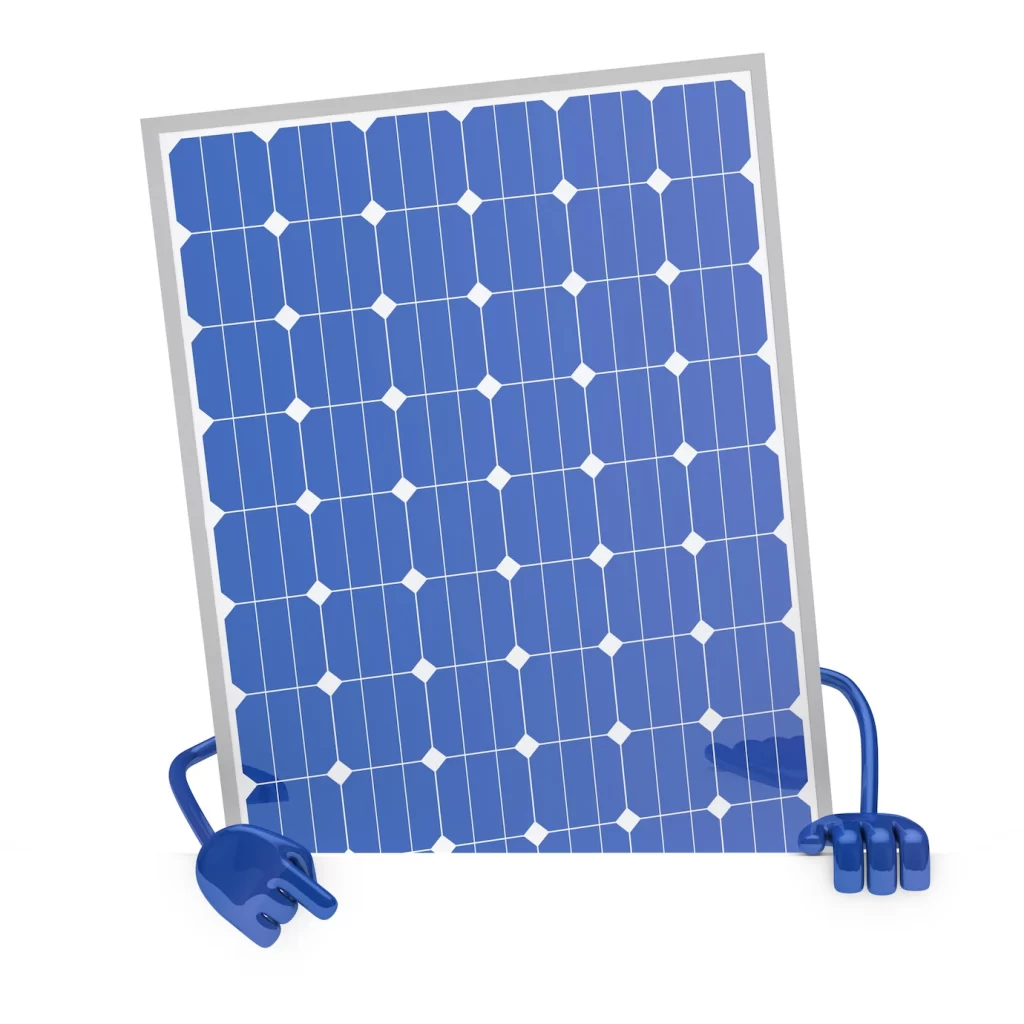
Tips for Reducing Noise Emitted by Your Solar System
Solar panels and inverters are designed to operate quietly, but some noise is inevitable. Here are some tips to help reduce noise from your solar system:
Locate Components Strategically
Place solar panels, inverters, and batteries as far as possible from living areas like bedrooms. The farther away the components are, the less noticeable any noise will be. If possible, install them in a garage, shed, or utility room.
Choose High-quality Noise-optimized Equipment
Higher quality solar equipment is built to minimize noise. Look for components specifically designed to reduce buzzing, humming and clicking sounds. Choosing premium, noise-optimized inverters and microinverters can make a big difference.
Also read; What is a Solar Power Calculator
Ensure Proper Grounding and Bonding
Incorrect grounding and bonding are a common cause of excess noise from solar systems.
Proper grounding provides a path for stray electrical current to flow to the ground, reducing buzzing and humming.
Bonding connects components like panels, racks, and inverters to prevent current flow between them. Have an electrician inspect your system to ensure all components are properly grounded and bonded.
Add Soundproofing
For existing systems where noise is an issue, adding soundproofing materials like insulation, acoustic panels or barriers can help muffle the sounds.
Place soundproofing directly on or around the noisy components. Weather-resistant, fire-rated materials should be used for components installed outdoors or in hot areas like attics.
Maintain your System
Over time, loose or corroded connections can lead to increased buzzing, humming or clicking noises. Perform regular inspections of your entire solar system, especially after extreme weather events.
Look for any loose wiring or connections and tighten or replace as needed. Well-maintained solar equipment will operate more quietly and efficiently.
Conclusion
While solar panels themselves are silent, inverters are the solar components that can create some noise. The good news is that technology and design have improved a lot, and modern inverters are very quiet.
Noise from a properly installed solar system should be negligible and not discernable for most people.
At the end of the day, the benefits of solar energy far outweigh any minor noise concerns for most homes and businesses.
If noise is a serious issue for you, be upfront with your solar installer about your needs and concerns.
They should be able to recommend equipment and an installation plan to keep things as quiet as possible so you can enjoy the rewards of lower energy bills and a greener footprint in peace.
LET’S HELP YOU CHOOSE THE RIGHT SOLAR SYSTEM FOR YOUR HOME AND BUSINESS
Solar Solutions at Zero Cost: Government Rebated Installations! Invest in Sunshine with No Upfront Costs.
Sungrow is one of the world’s largest solar inverter and battery manufacturers. The company was founded in 1997 and has since become the best solar manufacturer in the world, especially in Australia.
The brand has more than 224GW installed and has installed inverters in more than 150 countries across the world.
Sungrow is considered one of the world’s most innovative companies. It has a broad product portfolio that includes batteries, and solar inverters for households, businesses, and utility operations.
To give you an idea of how big the company is, it has employed more than 2500 employees in its many branches across different countries.
TAKE ADVANTAGE OF GOVERNMENT SOLAR REBATES AND REDUCE YOUR HOME ENERGY CONSUMPTION!
Solar Power Made Affordable: Government Rebates, Zero Upfront Fees. Embrace a brighter future with solar power.
Sungrow’s entry into the market, especially in Australia, was perfect for those who were looking for long-lasting solar inverters at affordable prices.
What products does Sungrow offer?
Sungrow has an office in Australia.
It offers a wide variety of products, such as Sungrow inverters and Sungrow batteries.
The Sungrow inverters that we are going to look at are of two types:
-Sungrow hybrid inverters
-Sungrow string inverters.
Sungrow inverters are very competitive in the market today, and they offer excellent value to the buyer. They have been said to offer 99% efficiency, which makes them an industry-leading inverter.
What are Sungrow string inverters?
Sungrow string inverters are of two major types. There are single-phase and three-phase string inverters. These Sungrow string inverters are suitable for any house or business building size. They can be easily installed to suit any size of residential or commercial building.
Sungrow string inverters are considered beneficial for the following reasons:
Safe and reliable: Sungrow string inverters have grid-safety requirements where they have residual current protection and in-built surge arresters that are safe and reliable.
Advanced monitoring: Sungrow inverters have advanced monitoring whereby when you purchase the Sungrow inverter, it will be set up with a Sungrow advanced WI-FI monitoring app which can show the amount of solar generation and consumption. This enables you to maximize solar consumption and consequently reduce the cost of electricity bills.
Quiet: Sungrow inverters have an in-built cooling system which makes them quiet; thus, they cannot disturb the neighbors or the family. This makes them a better option than other brands, which have fan cooled systems that can be quite noisy and disturbing.
Highly efficient: Sungrow inverters have a conversion efficiency of up to 99%, which is higher than any other solar inverter brand in the market. Efficiency is the rate at which DC power is converted into usable AC power, so
the higher the efficiency, the better the inverter. This can be a good aspect to consider when buying an inverter.
Reliable: Australia is a country that has very extreme temperatures and weather conditions. Sungrow inverters are created and manufactured to be well adaptable to the extreme Australian temperatures whether cold or heat without getting damaged.
What are Sungrow hybrid inverters?
A hybrid inverter combines a solar inverter and a battery inverter into a single piece of equipment. This is a good option for people who want to install a solar power system that can be upgraded in the future to include a battery storage system. Sungrow manufactures both single-phase and three-phase hybrid inverters.
The Sungrow hybrid inverter is part of a grid-connected battery storage system, and it comes with a backup device for protection in case of a blackout. Sungrow hybrid inverters have a compact design which makes them look neat no matter where they have been installed.
They are also very easy to install at a low cost. Installing a Sungrow hybrid inverter is considered even more beneficial than a Sungrow string inverter.
Sungrow hybrid inverters can store up to 3KW, thus suitable for people who live in rural areas and experience blackouts very often. This inverter also comes with an LED screen to help you easily monitor your solar inverter and ensure it works perfectly.
Does Sungrow have offices in Australia?
Sungrow has an office in Australia, which has been operational since 2012. This is why it is one of Australia’s most popular solar inverter manufacturers. Sungrow inverters are the preferred inverters in Australia due to their long warranty period and low cost.
Through Sungrow, you can get quality services, and if you have any issue after purchasing a Sungrow inverter, they will fix the problem immediately.
Sungrow signed an agreement in May 2022 to supply and ship Sungrow inverters across Australia. This means that wherever you live in Australia, you can easily install a Sungrow inverter in your residential or commercial building.
What is the difference between Sungrow string inverters and Sungrow hybrid inverters?
Many people ask themselves this question. The main difference is that a Sungrow hybrid inverter can provide power backup when there is a blackout, because it has an in-built battery that can store a small amount of energy in it.
Thus, it is more useful for homeowners who experience power blackouts, while the Sungrow string inverter is not suited for areas with blackouts since it does not contain an in-built battery.
Another main difference between the two is that the Sungrow hybrid inverter can last longer; thus, it is ultimately the better option as it can help you save more on bills than Sungrow string inverters.
What is the cost and warranty of Sungrow inverters?
Unlike other inverters, the Sungrow inverter is cost-friendly yet still very efficient.
Sungrow offers a ten year warranty on their inverters, which can be extended up to 15 years for a small fee. This also means you can have your Sungrow fully replaced without attempting to fix it.
Sungrow 5KW dual premium inverter costs $1362.
Sungrow hybrid inverters range from $3000 to $3250.
Conclusion.
Sungrow inverters are highly efficient and offer 99% efficiency, which is higher than any other inverter brand in the market.
Sungrow inverters are widely adopted in Australia due to their affordability and long warranty period of up to 10 years. Sungrow inverters might be the right option for you.
LET’S HELP YOU CHOOSE THE RIGHT SOLAR SYSTEM FOR YOUR HOME AND BUSINESS
Solar Solutions at Zero Cost: Government Rebated Installations! Invest in Sunshine with No Upfront Costs.
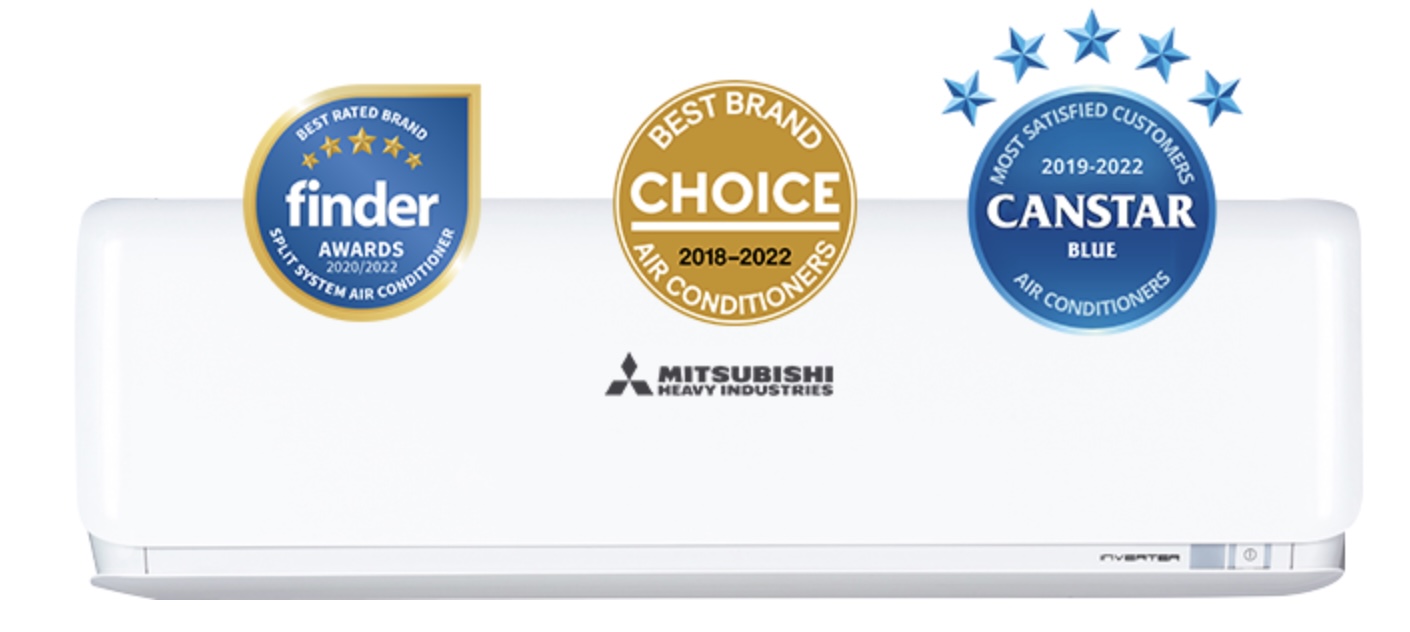
 Energy Saver is an initiative proudly funded by the NSW Government
Energy Saver is an initiative proudly funded by the NSW Government 